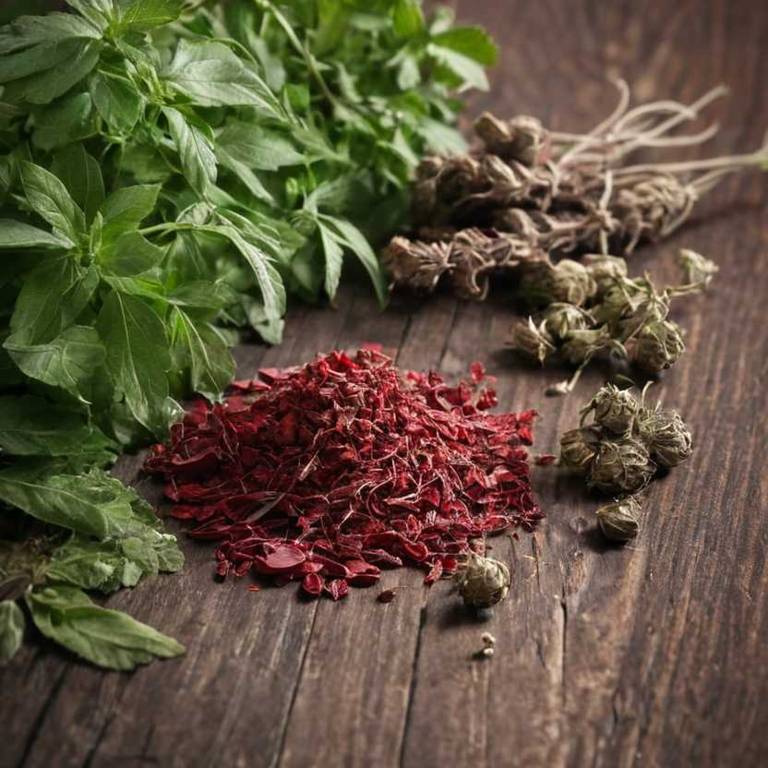Ulmus Rubra: What To Know Before Using It For Medicinal Purposes

Ulmus rubra, commonly known as the slippery elm, has been traditionally used for its medicinal properties due to its high mucilage content, which forms a thick, soothing layer when mixed with water.
This property makes it effective in alleviating symptoms of digestive disorders such as gastritis, ulcers, and irritable bowel syndrome by coating and protecting the gastrointestinal tract. The inner bark of the tree is often prepared as a decoction or powder to treat respiratory conditions like coughs and sore throats due to its anti-inflammatory and demulcent effects. Additionally, slippery elm has been used externally to soothe skin irritations and promote wound healing.
While it is generally considered safe, it should be used with caution in individuals with known allergies or those taking certain medications, as it may interact with some drugs.
Health Benefits
Ulmus rubra has several health benefits, such as its rich content of antioxidants that help protect the body from oxidative stress and reduce the risk of chronic diseases.
The plant contains compounds with anti-inflammatory properties, which may support immune function and reduce inflammation in the body. It also has been studied for its potential to improve cardiovascular health by lowering cholesterol levels and enhancing blood flow. Additionally, Ulmus rubra may aid in digestive health due to its high fiber content, promoting regular bowel movements and gut health.
Overall, incorporating Ulmus rubra into one’s diet or using it in traditional medicine can contribute to overall well-being.
10 Best Health Beneift of Ulmus rubra
Bioactive Constituents
Ulmus rubra has several bioactive constituents, such as flavonoids, tannins, alkaloids, and phenolic compounds, which contribute to its medicinal properties.
These compounds exhibit antioxidant, anti-inflammatory, and antimicrobial activities, making the tree a valuable resource in traditional and complementary medicine. Flavonoids like quercetin and rutin are known for their ability to neutralize free radicals and protect cells from oxidative damage. Tannins in Ulmus rubra also show potential in reducing inflammation and supporting wound healing.
Overall, the bioactive profile of Ulmus rubra supports its use in treating various ailments, including respiratory and digestive disorders.
Medicinal Preparations
Ulmus rubra has several medicinal preparations, such as teas, tinctures, and topical salves, that have been traditionally used for their therapeutic properties.
The leaves and bark of the red elm are commonly harvested and processed to make herbal teas, which are believed to support respiratory health and reduce inflammation. Tinctures made from the bark are often used to alleviate symptoms of colds, coughs, and sore throats due to their antimicrobial and expectorant qualities. Topical applications of the plant’s extracts can help soothe skin irritations and promote healing in minor wounds.
These traditional preparations highlight the plant's long-standing role in herbal medicine and its potential for modern therapeutic use.
Side Effects
Ulmus rubra can have some side effects, such as allergic reactions in individuals sensitive to the plant.
Contact dermatitis may occur upon skin contact with the bark or leaves, leading to redness, itching, and blisters. Ingestion of the plant, especially in large quantities, can cause gastrointestinal distress, including nausea and vomiting. There is limited research on long-term health impacts, but some studies suggest potential toxicity in certain species of the genus Ulmus.
As with any plant, it is advisable to consult a healthcare professional before using Ulmus rubra for medicinal or therapeutic purposes.